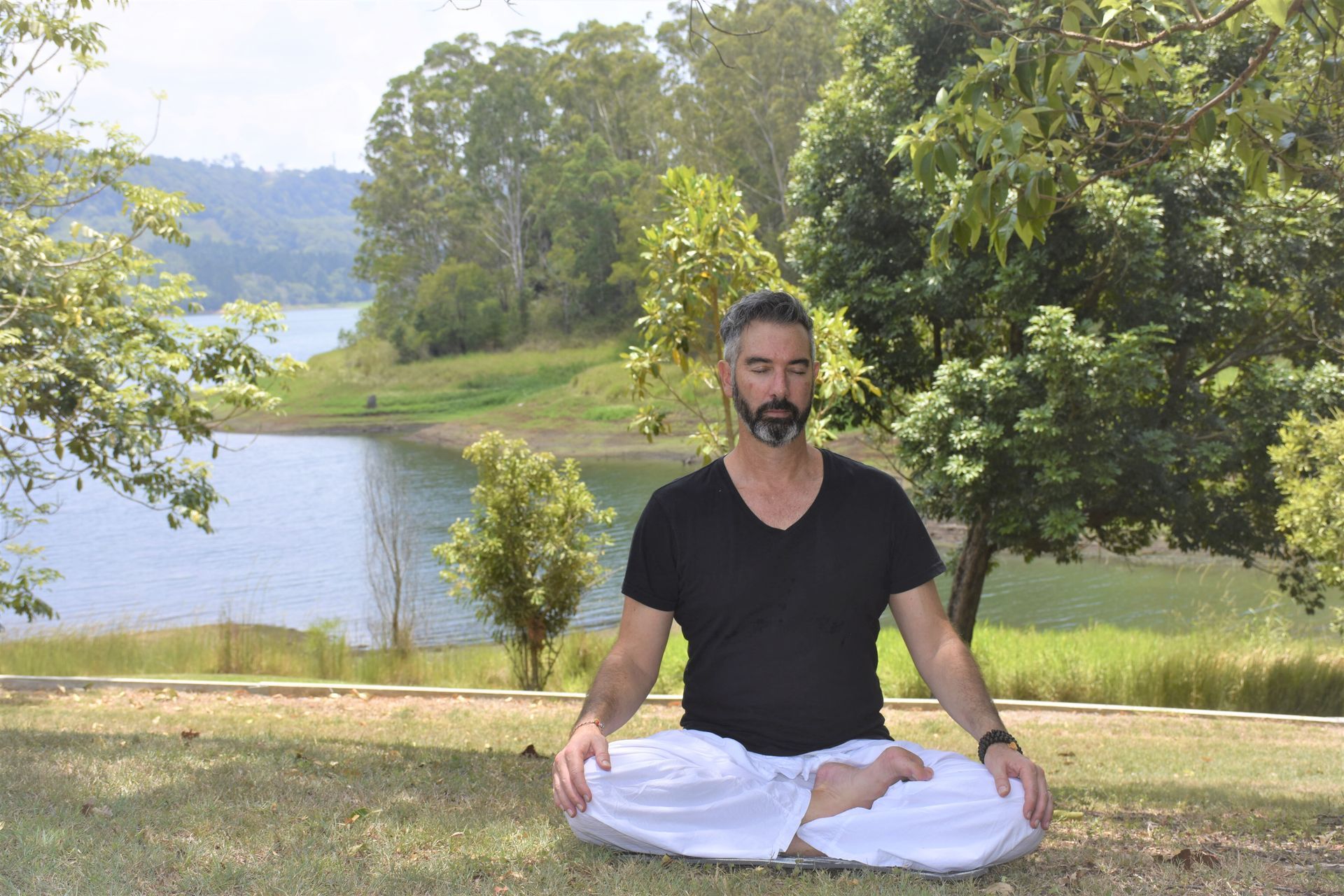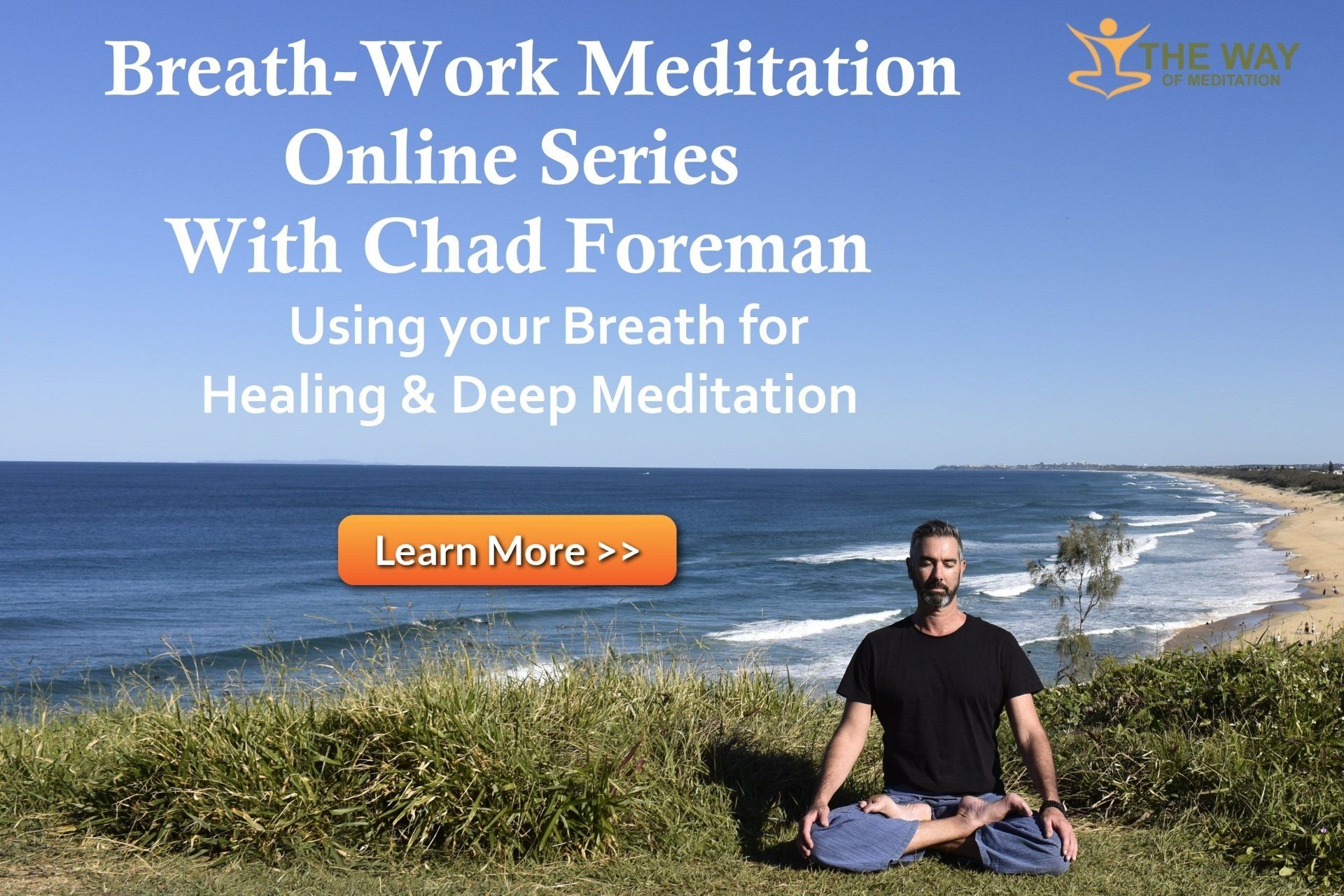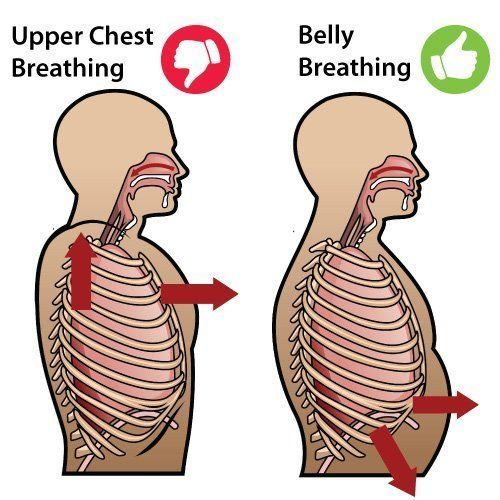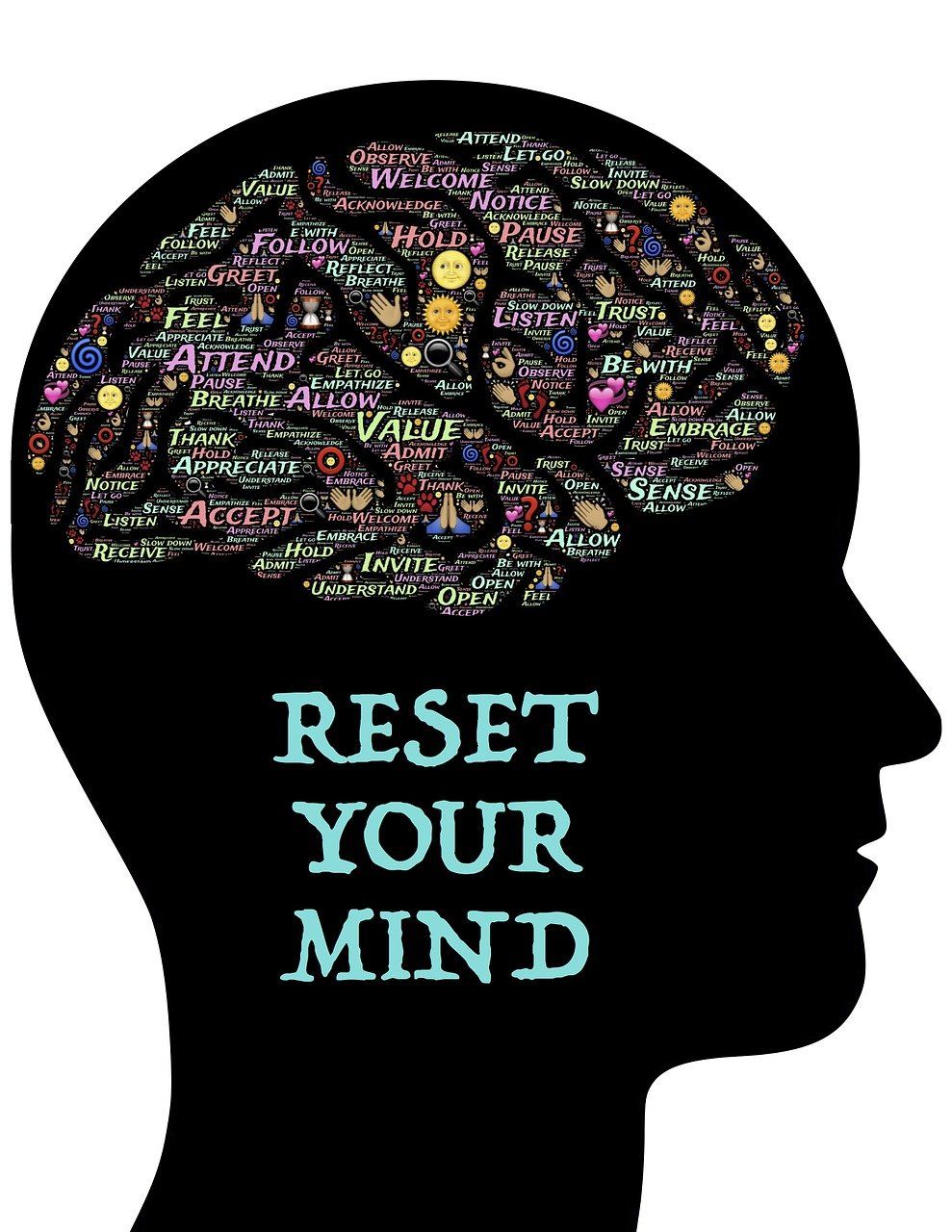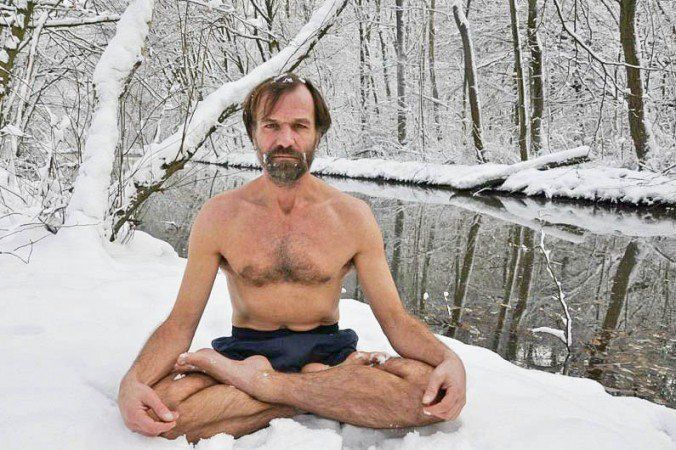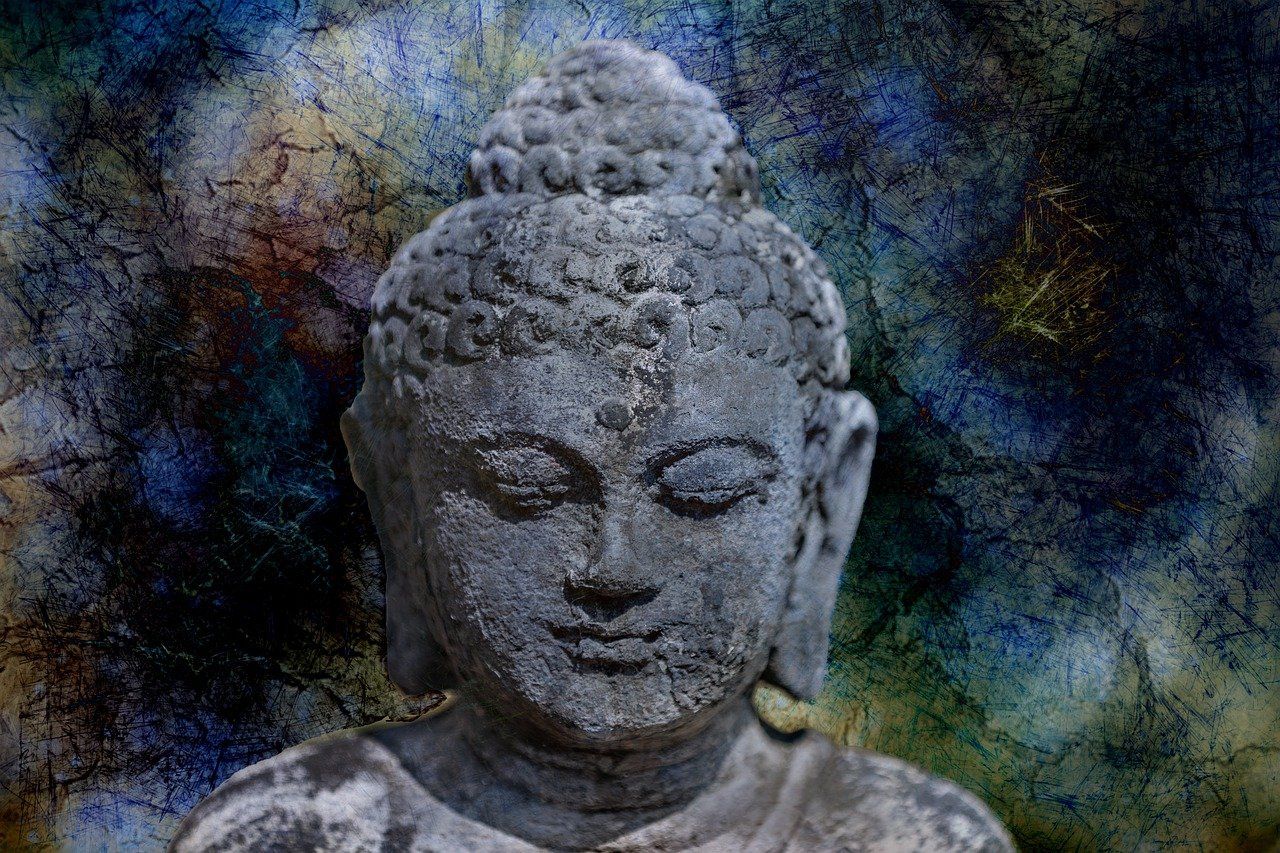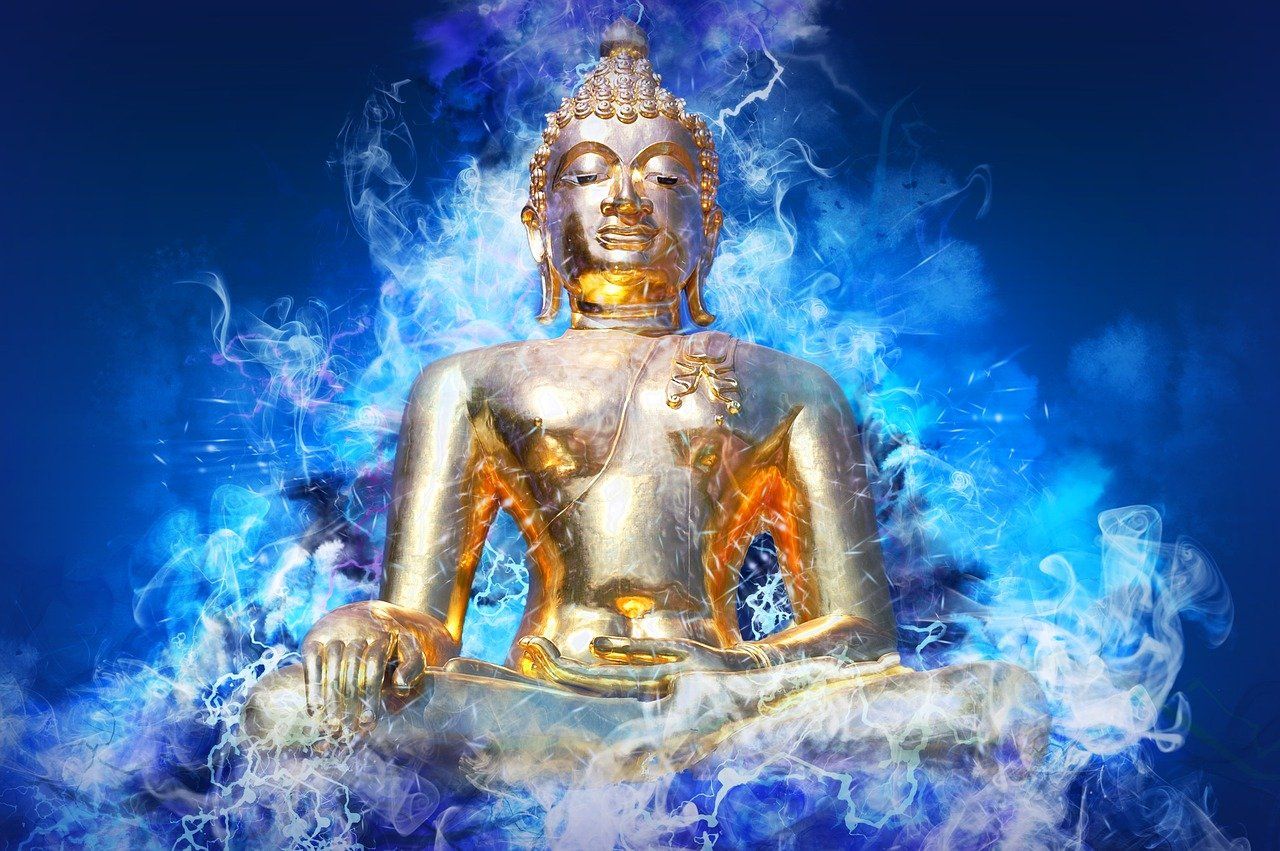The Full Power Of Meditation Breathing
Mastering Life Through Mastering Breath
The breath can be used to help manage pain, enhance mental concentration, reduce stress, improve athletic performance, and control emotions. The aim of this article is to explore the realm of breathing and how it can dramatically affect your health and wellbeing.
Before we get into the juicy content, I want you to stop for a moment.
- Exhale ALL the air out your lungs through your nose.
- Now inhale (through the nose) slow and strong right down into your belly, pushing your belly softly outward.
- Exhale and release all of the air out of your body by relaxing your belly (slowly and naturally).
- Inhale deeply by pushing your abdominal region out.
NOW you’re breathing – this is belly breathing (diaphragmatic breathing). It’s the first way beginner yoga students are taught to breathe. As you read through this article, keep breathing down into your belly.
It’s
estimated that 80% of metabolic energy comes from breathing and only 20%
comes from food. With our bodies so reliant on oxygen for energy it’s no wonder
that poor breathing has been linked to almost every type of medical ailment.
~ michaelbalchan.com
The bodies natural reaction is to take short and shallow breathes, when any degree of stress or tension is present. Unfortunately 21st century living promotes stressful lifestyles, conditioning our breathing to be very short and rapid — we spend most of our day shallow breathing just into the upper lobes of the lungs (chest); which means that only a small amount of air is taken in – not ideal for cell optimisation.
Breathing deeply through the diaphragm will send oxygen flooding into every single cell in your body. Every cell in your body absorbs oxygen via the circulation system. Thats right; every cell in your body inhales the oxygen and exhales the carbon dioxide – a process called respiration.
Question:
Do you want to connect to a higher state of mind?
Are you ready to awaken a deeper dimension within yourself?
Are you sick of past emotional patterns?
Are you ready to tap into your creative powers?
Do you want to sleep better?
Do you want to feel better?
Answer:
All the above can be achieved by mastering your breath - the essence of your breath holds the key to your untapped potential deep within your being. All the great sages of life; past and present teach us that we can transform our lives through breathing. Learning how to breathe effectively might just be the missing component in your life!
“All it takes is to bring your conscious awareness into this natural process we call breathing.”
Breathing is the most important function in our body, but the one thing we pay the least amount of attention to. A body that is oxygen rich has many health benefits, here are some:
• Reserves energy
• Improves circulation
• Oxygenates blood
•Lowers your heart rate
•Lowers blood pressure
•Relieves stress
•Supports detoxification
“Improper breathing is a common cause of ill health.” ~ Dr. Andrew Weil
SOURCE - theyogalunchbox.co.nz
SOURCE - The Oxygen Advantage
SOURCE - doyouyoga.com
What the Ancient Meditation Masters Knew
There are also mysterious powers associated with the breath that remain mostly unheard of in western civilisation. The ancient masters of India developed a science around certain breathing techniques that when applied methodically over a period of time would give specific results, such as the control of unconscious mechanisms.
They called this particular science Pranayama. Prana is the vital life force that creates various currents of energy in the body that control many of the unconscious functions which allow the maintenance of the physical body.
What role does prana play in the body?
•Maintains the quality of health of the physical body
•Maintains the stability of the intellect
•Prevention and cure of many diseases
•Regulates the circulation of blood
•Aids digestion
•Affects moods
•Decreases stress levels
“The less the number of breaths per minute, the more is the life expectancy”~ Natures Rule
Did you know - deep breathing triggers the relaxation response; synchronising all systems of the body.
TAKE IN FEW DEEP BREATHES NOW
Interesting
points extracted from -
quora.com
•The tortoise, who may attain the age of 300 years, takes in 12 breathes only 4 times per minute.
•Dogs breathe 40 to 50 times per minute and live up to 25 years only.
•We believe that humans can live for 100 years by breathing 15 times per minute.
•If one breathes 18 times a minute, one’s age will decrease to 83 1/3 years.
The slower you breathe - the longer you will live (Yoga philosophy)
Did you know - slowing down your breath has anti-aging benefits - the faster the breathing rate & heart beat, the faster the body metabolises and ages.
SOURCE - breathmastery.com
SOURCE - awaken.com
SOURCE - conscioushealth.net
Mouth Vs Nose Breathing
Excerpt from - coreperformance.com
Dr. Roy Sugarman, director of applied neuroscience for EXOS, says nose breathing has a range of performance benefits. “ Breathing through your nasal passage can increase CO2 saturation in the blood and slow down your breathing—both of which create a calming effect ,” he says. “It also helps warm air before it hits your lungs during cold weather workouts.”
Dr. Sugarman says that mouth breathing is associated with a host of health problems and should be avoided as best as possible. His advice is to keep the nose and sinuses healthy and the septum straight—not so easy for athletes in sports where a sudden, sideways nose-shift is common. This helps overall performance and, more importantly, helps speed up the recovery process.
# QUICK RECAP
• Our breath is one of the most basic yet powerful tools available to us.
• It truly is a master tool in the art of self-healing, which can give us a direct entry point into the chemistry of our mind.
• Practising mindfulness of the breath has long been associated with heightened levels of awareness and self-mastery.
• Throughout the day, our breathing may become sporadic and out of rhythm due to the overstimulation of the stress response.
• A breathing pattern will reflect the condition your mind is in, and the more stress you are under, then the shorter and sharper your breathing will be.
• Breathing with awareness grants access to our subconscious mind, which allows us to alter our programming and how we react to the environment through our conscious mind.
• Conscious breathing alters the state our brain is operating in from a critical, analytical process to one that is more creative and disconnected from the ego identity. It is from this state that all the hard-wiring of old habits and outdated beliefs can be changed!
Pranayama contributes to the healing of the emotional body. This method of breathing enables a person to release the locked up emotional traumas or trapped emotions.
A starting point for correct breathing
To regulate your breath and maintain a healthy standard of breathing; you need to breathe deep into your abdomen, not just your chest - diaphragmatic breathing.
- Inhale through your nose, expanding your belly, fill the oxygen up through your belly, all the way up to your chest.
- Hold your breath for a moment.
- Slowly exhale, relaxing your belly.
Many of our guided meditations include some form of breath -work component. The effectiveness of our breathing techniques is undisputed in the ability to reduce the harmful effects of anxious energy, having an immediate effect on the production of stress hormones. CLICK HERE FOR FREE GUIDED MEDITATIONS
Your body is designed to release 70% of its toxins through breathing. If you are not breathing effectively, you are not properly ridding your body of its toxins.
#Important points
•Breathing is the key to enhancing our cognitive abilities
•Deep breathing patterns eliminate stress from the body
•Conscious breathing patterns bring the mind and body into coherence
•Deep breathing is the key to accessing higher states of consciousness
•Deep breathing improves the quality of your blood
•Deep breathing strengthens the immune system
•Deep breathing oxygenates the cells of your body
•Deep breathing releases tension
Deep breathing patterns create coherence in the following systems of the body:
•Cardiovascular
•Respiratory
•Endocrine
•Immune
•Digestive
•Lymphatic
Breathing rate & Heartbeat - the faster one's heart beat or breathing, the faster the body metabolises, the faster cells breakdown, accelerating ageing.
SOURCE - onepowerfulword.com
SOURCE - care2.com
SOURCE - naturalhealthontheweb.com
Chest Breathing Vs Belly Breathing
The three essential functions of the diaphragm:
1) It provides a platform of support between the top and bottom of the body.
2) It regulates the shift between the state of alarm and the state of relaxation.
3) It is the one autonomic nervous system function that we can consciously control!
To check how you are breathing:
1) Rest one hand on your upper chest and the other over your navel area.
2) Breathe normally for a minute or so . . .
3) Notice which hand rises first when you inhale.
If the upper hand rises first, you are using upper chest breathing. If the lower hand rises first, you are breathing with your diaphragm. If both move at the same time, you are using a mix of both.
Diaphragmatic breathing
This is the most effective and natural way of breathing. Utilising the diaphragm creates strong breaths which
activates the parasympathetic nervous system (AKA therelaxation system of the body).
Upper Chest Breathing
This can be caused by a variety of issues, including smoking, stress, poor posture, or asthma.
BENEFITS OF DIAPHRAGM BREATHING
•Relieves physical muscle tension
•Allows the mental function to slow and relax
•Body and mind connection
•Calms and centres your mind
•Activates parasympathetic nervous system
•Releases natural wastes, such as carbon dioxide
•Gives the internal organs a gentle massage
•Increases the distribution of Oxygen to all cells
•Strengthens the lungs
•Slows your heart rate
•Lowers your blood pressure
•Increases blood flow to muscles
•Improves concentration
•Reduces anger and frustration
“If we don’t practise correct breathing techniques in a stressful environment, we will become overwhelmed by the inflow of information. The daily pressures that we face may lead to disease or illness.” - Dr. Abby Doynton M.D
SOURCE - yogajournal.com
SOURCE - swamij.com
SOURCE - samvarner.com
Sympathetic Nervous System Vs Parasympathetic Nervous System
These two nervous systems are in a constant ‘tug-of-war’ trying to keep the body in balance.
Sympathetic nervous system “ accelerator ” = stress response (SNS)
For most of us, we are dominated by the SNS , which results in:
•Stress
• A nxiety
•Anger
•Feelings of suffering
•Negative emotions
This translates into:
•High blood pressure
•Constricted arteries
•Erratic and irregular heart beat
•Compromised endocrine system
•Lowered immunity
•Leads to major health issues
Parasympathetic nervous system “ Brake ” = relaxation response (PNS)
•Allows the body to relax
•Keeps the body in a state of growth and repair
•Regulates the health and upkeep of the organs of the body
•Promotes digestion
•Promotes sleep
•Decreases heart rate
•Decreases blood pressure
•Resistance to infection
•Promotes feel good chemicals
#ESSENTIAL NOTES BY ANDREW WEIL M.D
“Breathing is the only function that can be completely voluntary or completely involuntary.”
“The general rules are you want to make your breathing deeper, quieter, slower and more regular; these are the four qualities of breathing you want to develop . . .”
“In addition, breathing is the bridge between the body and the mind. Between the conscious and the unconscious mind. It is a key to regulating emotions, and it is a gateway into spiritual development.”
“All of these aspects of breathing have to be learnt; they do not come automatically . . .”
SOURCE - healthyliving.azcentral.com
SOURCE - yogajournal.com
SOURCE - yogapedia.com
The Wim Hoff Method Of Breathing
Wim Hof (pictured above) is a Dutch world record holder ,adventurer and daredevil, commonly nicknamed the Iceman for his ability towithstand extreme coldness. He holds nine world records including a worldrecord for longest ice bath. Wim broke his previous world record by staying for1 hour 13 minutes and 48 seconds immersed in ice at Guinness World Records2008. Hof describes his ability to withstand extreme cold temperatures as beingable to turn his own thermostat up by using his brain. ~ superhumanhealth.org
SO,HOW DOES HE DO IT?
Wim Hof hijacks his autonomic nervous system usinghis certain breathing techniques calledthe “Wim Hof Method.”
The Method
Excerpt from - highexistence.com
“The Wim Hof Method is similar to Tummo (innerheat) Meditation and Pranayama (yogic breathing). Yet it is something elseentirely. While Wim has studied yoga and meditation for many years, thistechnique primordially comes from what he terms ‘cold hard nature.’ By subjecting himself to the bitter conditions of nature, he learned to withstandthe extreme forces of cold, heat and fear.” ~ Jordan Lejuwaan
When the body is in harmony; the heart, lungs,hormones, chemicals, and gut are all in-sync, working in conjunction tomaintain the overall health of our bodies. Learning how to breathe moreeffectively is the key to better health and vitality.
We have extracted the core principles from the ancient practice of Pranayama; modernising it to make it easy to learn. We recognise the importance of breath; integrating ancient and modern breathing techniques into our FREE guided meditations.
Try (Pranayama) Guided Breathing Meditation
Led by Chad Foreman From Day 7 of The 21 Day Meditation Challenge
Get A FREE
Guided Meditation Series
with Chad Foreman





